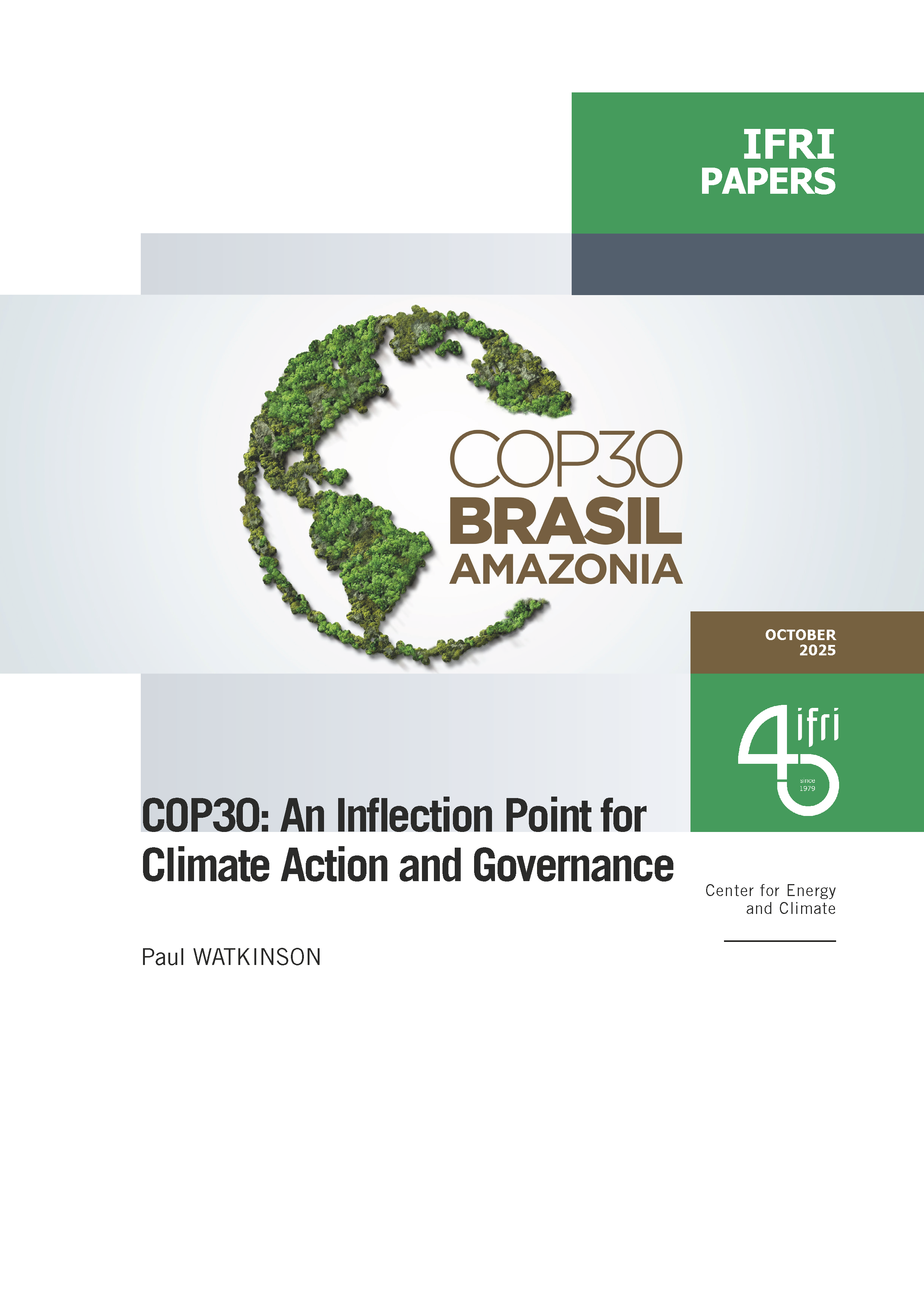Does a Common French-German Industrial Policy Exist?
Now that industrial policies are back on the agenda, France and Germany have to agree on a precise definition of this term. Henrik Uterwedde outlines the evolution of these policies by putting them in an economic, political and social context. The author comments on the capacities of bilateral and European action and possible cooperation in the future. How can the two strongest industrial nations of Europe contribute to render European industry more competetive?
Henrik Uterwedde is assistant director of the Deutsch-französisches Institut (Dfi) in Ludwigsburg.
This content is published in French : Y a-t-il une politique industrielle commune pour la France et l'Allemagne ?
Related centers and programs
Discover our other research centers and programsFind out more
Discover all our analyses
Securing critical raw material (CRM) value chains – a prerequisite for Europe’s technological resilience
At the heart of economic security, technological resilience is a backbone of the European Union’s (EU) competitiveness. The EU’s energy and digital transitions depend on critical raw materials (CRM).

Reconciling competitiveness and demographic change: a Franco-German imperative
France and Germany are facing parallel demographic shifts that could reshape the future of their economies and their social models. These shifts reflect broader European patterns but are magnified by the central role both nations play in EU governance and competitiveness.
Taking the Pulse: Does France's Political Crisis Weaken Europe's Geopolitical Hand?
While the EU tries to navigate a myriad international challenges, France is experiencing historic political disarray. What impact will instability in Paris have on Europe's geostrategic capacity?
Imaginary and Reality of the Franco-German border: a Laboratory for Europe of tomorrow
In Europe, the question of borders is a central issue. According to the European Parliament, border regions cover around 40% of the European Union (EU) territory, concentrate 30% of its population and produce nearly a third of its gross domestic product.








